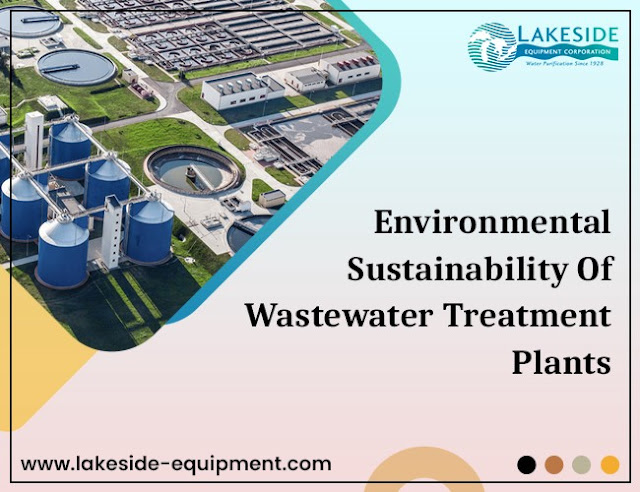Three Wastewater Screens You Should Know About

An essential part of all industrial and municipal wastewater screens holds solids found in the wastewater. These solids must be removed initially from the water treatment procedure as these solids make the whole system less efficient or contaminate water. It causes small to large-scale natural upsets for the region's entire ecosystem. Wastewater Screens Types You can categorize wastewater treatment screens into three broad categories. They are fine, coarse, and micro. There are different types of screening within these categories. The screens are classified according to the screening opening's size and other mechanical traits. 1. Coarse of Screening in Wastewater Treatment Coarse screens have a clear opening with a range of 6 to 150 mm. Coarse screens have parallel bars, wires or rods, perforated plates, or wire mesh with openings of rectangular or circular shapes. It is known as a "bar rack" and removes coarse solids such as large objects and rags that may cause dam...





